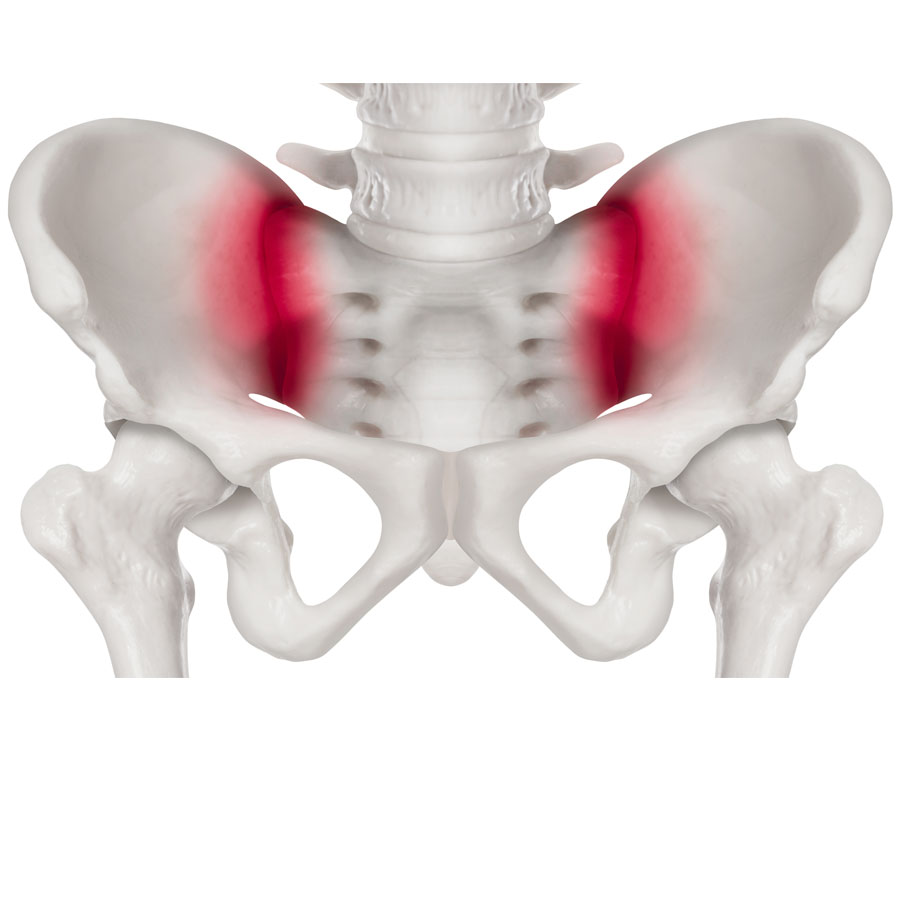
Dr Lee recently published on minimal invasive surgical algorithm for revision lumbar spinal surgery in the Journal of Spine Surgery to guide spinal surgeons select the most appropriate minimally invasive spinal surgical technique when undertaking revision spinal surgery.
Compared to traditional open spinal surgery, minimally invasive spinal surgery involves smaller incision, reduced muscle and soft tissue dissection. The aim of minimally invasive spinal surgery is to achieve outcomes similar to open techniques with lesser trauma and collateral injury to surround tissues. With specialised retractor and instrumentation system, spinal conditions can now be addressed through smaller working channel. Using intraoperative navigation technologies, spinal implants can also be inserted more accurately and through small percutaneous stab incisions in the skin.
For further information, visit: http://jss.amegroups.com/article/view/4715



Recent Comments